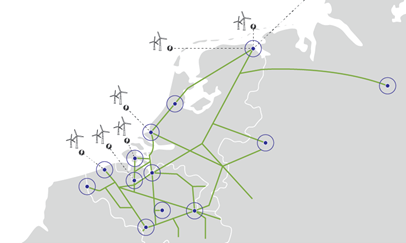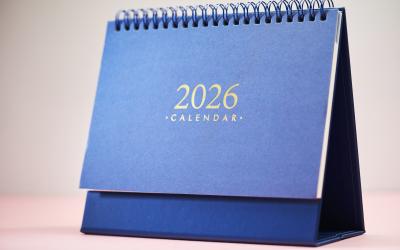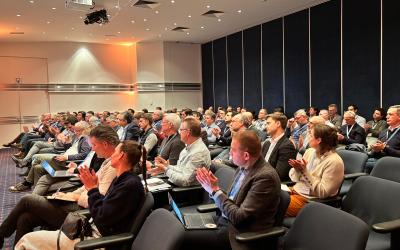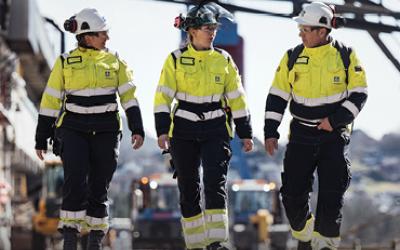Green Octopus 2.0 consortium and programme launched
Green Octopus 2.0 has been kicked off today, on the 30th of September. The project aims to align the cross-border, regional strength through a bottom-up approach by means of creating a platform that allows a flexible way to respond to the dynamic developments in the hydrogen market at the EU level.
The project is aiming to contribute to the formation of an integrated hydrogen market between Belgium, Germany and the Netherlands. A multi-year project is anticipated in which the main focus will be on harmonization of policy, regulations and standards between the Benelux countries and its neighbouring regions in Germany and France.
The initial project was initiated by WaterstofNet in 2019, with the aim of connecting different parts of hydrogen value chain. "There were 12 project partners from Belgium, Germany and the Netherlands, whom we supported with IPCEI process," said project coordinator Samira Farahani.
Up till now, more than 20 IPCEI projects from the Green Octopus partners have been submitted, some of which have already received notifications from the European Commission. Meanwhile Green Octopus is well-established at both national and EU levels and it is mentioned as one of the Flagship projects recognized by Hydrogen Europe.
Samira Farahani said at the meeting today: “In our Green Octopus family, we believe that only by joining forces of the actors in the Benelux and its neighboring regions, our region can play a key-role in the future of hydrogen in Europe! We have a unique position in this region as half of the hydrogen demand and supply of Europe comes from our region, and hence, we can establish a strong hydrogen market as the frontrunner for the rest of Europe.”
The current project partners are Fluxys (BE), OGE (D), Inovyn (BE), Bosch (D), Port of Antwerpen-Brugge (BE), Port of Rotterdam (NL) and North Sea Port (NL/BE).
We are still recruiting a few more project partners to have representatives from the entire hydrogen value chain and from all the regions.
For more information contact Samira Farahani (Samira.farahani@waterstofnet.eu).

The map shows the hydrogen backbone in Belgium and the Netherlands according to the project partners' plan to create a hydrogen network.






